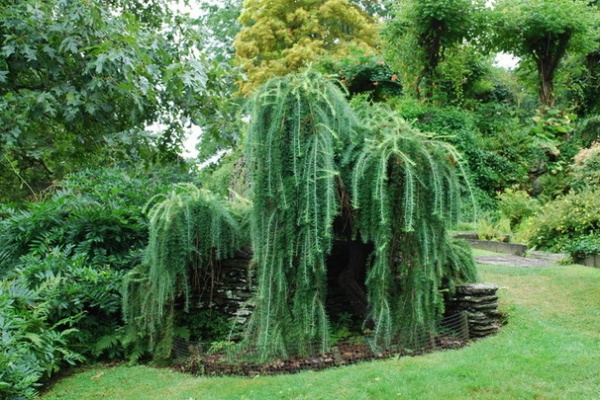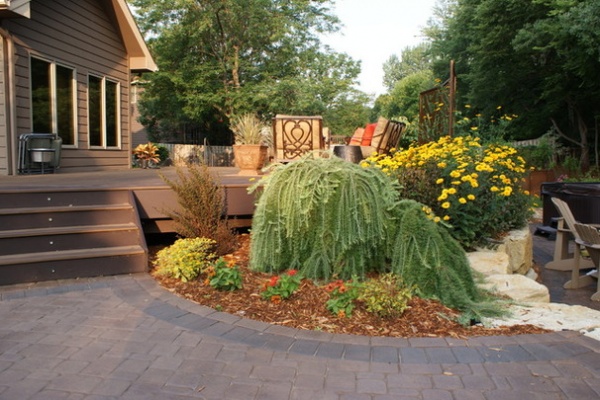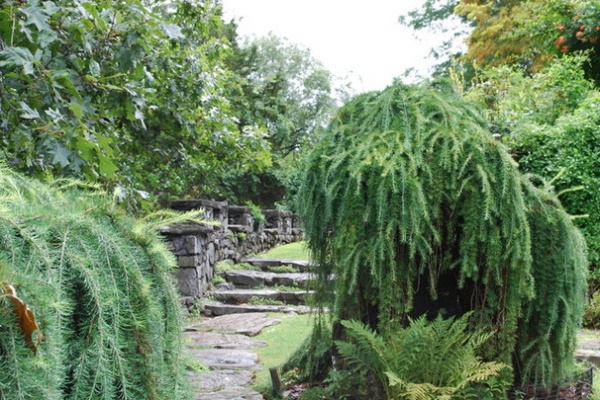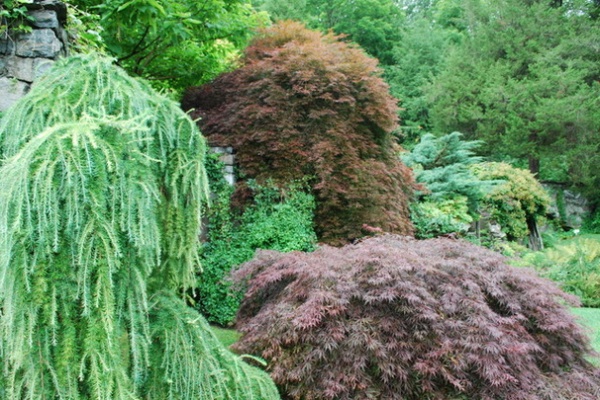Great Design Plant: Larix Decidua ‘Pendula’
http://decor-ideas.org 04/28/2015 22:43 Decor Ideas
As a gardener who was raised in the South, I can think of only a handful of reasons I would ever consider moving north. At the top of the list would be the ability to grow weeping European larch (Larix decidua ‘Pendula’).
This conifer is one of the few that is deciduous, so it brings something different to the garden plate for every season. It is soft, sculptural and prehistoric looking, encompassing all that I find beautiful and fascinating in a tree. And the fact that I can’t have it probably makes me want to grow it even more. If you live in a northern climate, you owe it to yourself to consider weeping European larch.

Botanical name: Larix decidua ‘Pendula’
Common name: Weeping European larch
Origin: The Alps of central Europe
Where it will grow: Hardy to -40 degrees Fahrenheit (USDA zones 3 to 6; find your zone)
Light requirement: Full sun
Water requirement: Average, well-drained soil
Mature size: Mounding form up to 12 feet tall and wide

Benefits and tolerances: The type species is used for reforestation in areas of the northeastern United States; the weeping form is less likely to break under excessive snow; provides shelter and food for birds.
Seasonal interest: The larch is one of the few deciduous conifers, providing yellow foliage in autumn and a sculptural presence in winter. The foliage is a fresh medium green in spring and summer.
When to plant: Spring or fall

Distinguishing traits. Weeping European larch sports soft needles arranged spirally on pendulous branches. Its deciduous habit is unique, distinguishing it from the weeping Norway spruce (Picea abies ‘Pendula’, zones 3 to 8), with which it is sometimes confused. Older specimens develop deeply exfoliating bark, adding texture and interest to the winter garden.

How to use it. Weeping European larch is best used as a solitary specimen plant, although in large gardens, multiple specimens can be staggered to create rhythm. Its mounding, cascading form makes it a great foil for the similarly shaped Japanese maple (Acer palmatum var. dissectum cvs, zones 5 to 8), as shown in this photo of Innisfree Garden, in Millbrook, New York. Younger trees could be trained for use on a trellis, creating a unique feature at the entrance to a garden room.
Planting notes. Site weeping European larch in a sunny spot in average, well-drained soil. Unlike some other larches, this tree does not tolerate wet, soggy soil. Provide 1 inch of water per week until the tree is well established.
More:
Designing With Conifers: How to Unite Your Landscape
More Houzz guides to foliage
Related Articles Recommended












